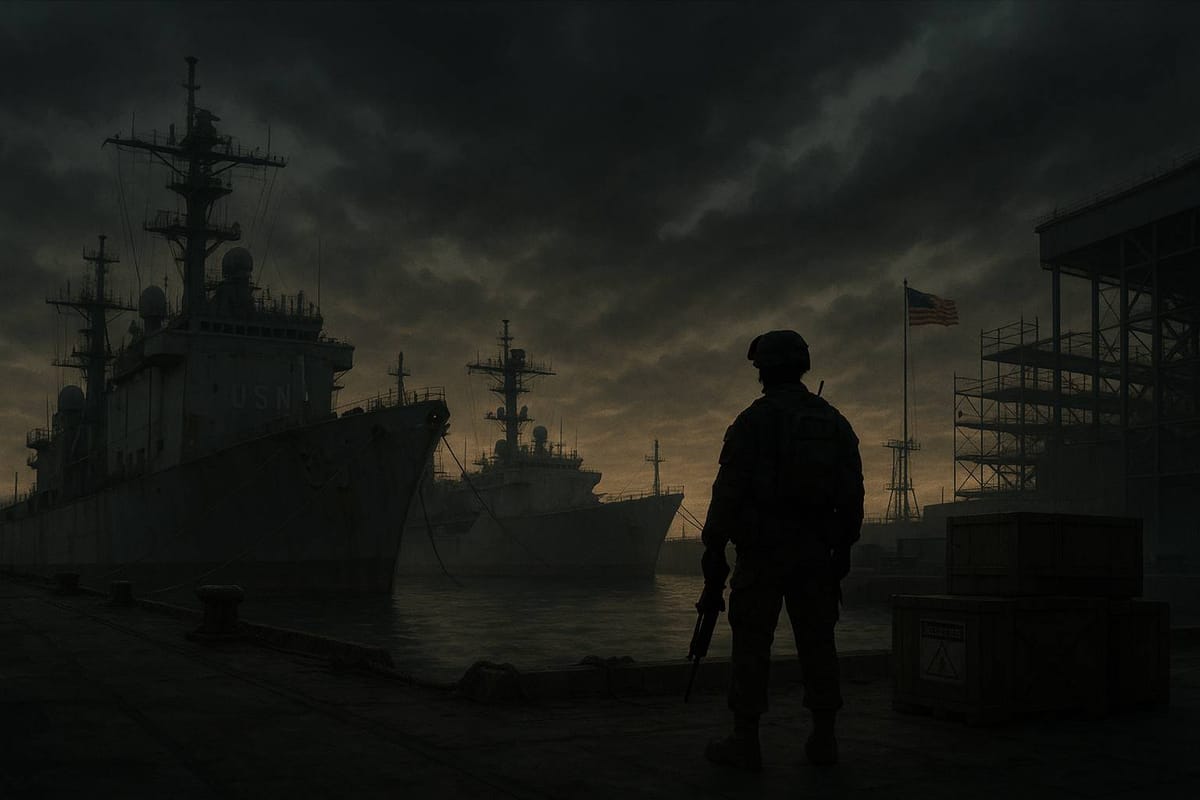Shortage of U.S. Amphibious Warships Threatens Marine Readiness Worldwide
The shortage of amphibious warships is limiting the U.S. military’s rapid response capability, threatening its global power projection and strategic flexibility.

Amphibious Fleet in Crisis, Top U.S. Officers Sound the Alarm
The shortage of amphibious warships in the U.S. Navy has reached a breaking point. Although they make up only 10% of the fleet, these ships play a crucial role in rapid and precise operations, often serving as the go-to alternative to aircraft carriers. Now, top military officials warn that this gap endangers America’s ability to project power globally.
Essential Role Amid Global Tensions
Amphibious ships such as LHA, LHD, LPD, and LSD allow the Marine Corps to deploy forces ashore without relying on foreign bases. In flashpoints like Taiwan or the South China Sea, their presence is indispensable. But with an aging fleet and no immediate replacements, training cycles and mission readiness are suffering.
Production Bottlenecks and Budget Cuts
New ship production is slow due to rising costs and limited shipyard capacity, particularly at Huntington Ingalls. Meanwhile, Congress has reduced procurement budgets and accelerated the decommissioning of active ships, creating a readiness gap with no short-term fix.
Strategic Risks Ahead
This shortfall could erode the confidence of U.S. allies and hamper America’s ability to respond to international crises. Commanders like Lt. Gen. Karsten Heckl have warned that the Marine Corps is “losing its expeditionary identity” due to the shortage.





Comments ()